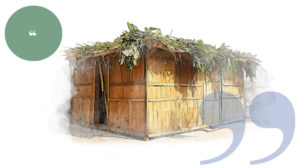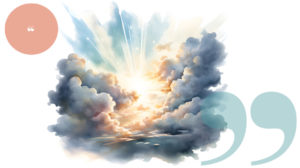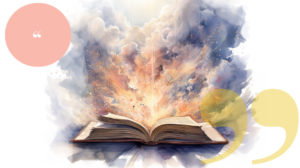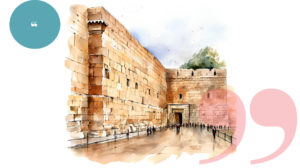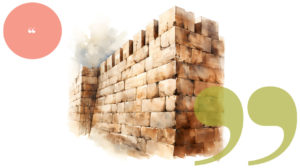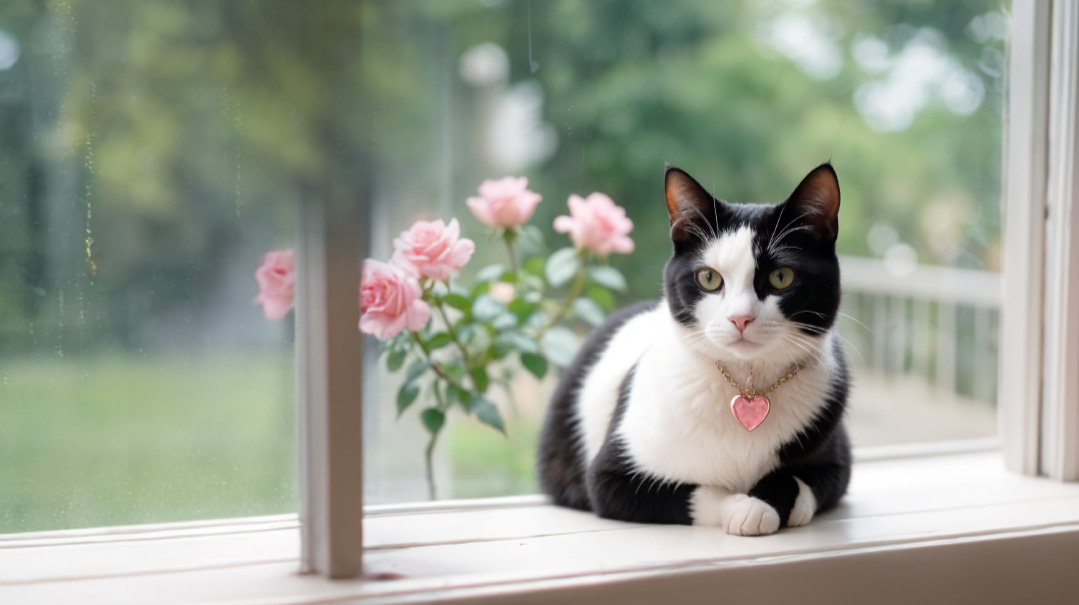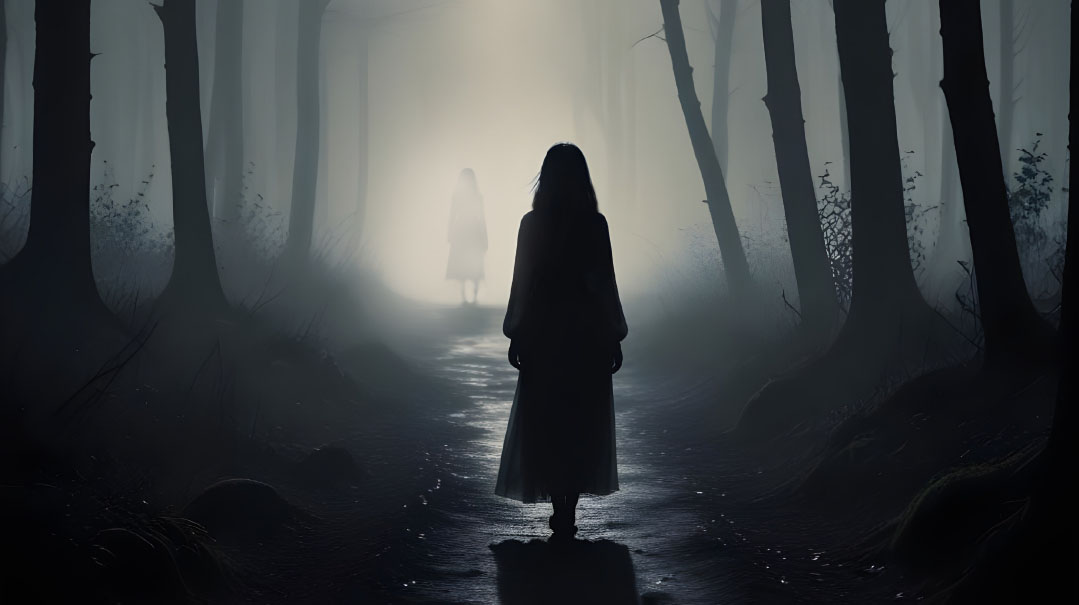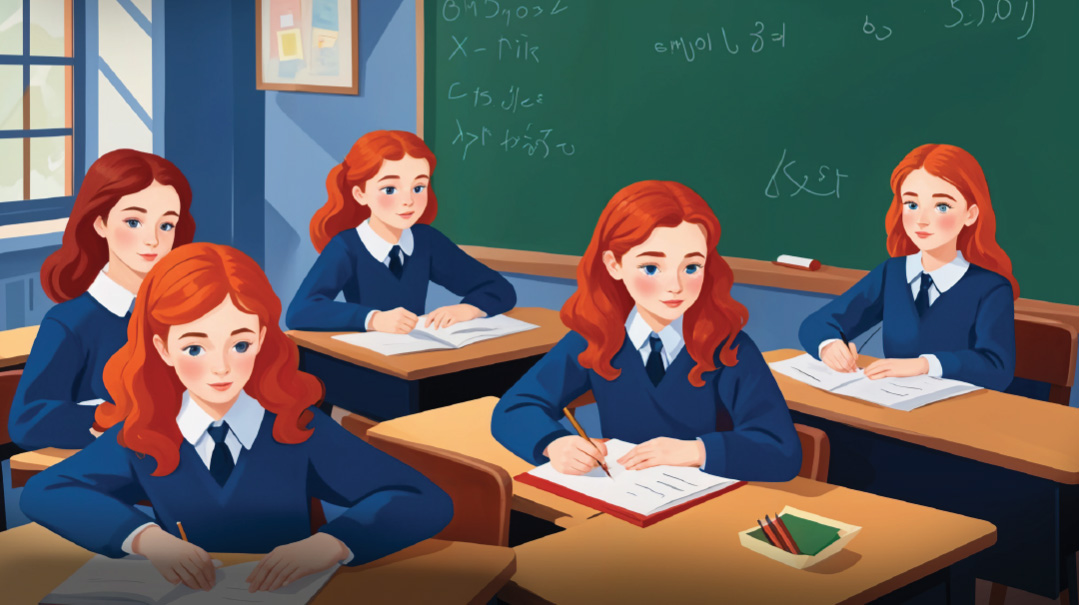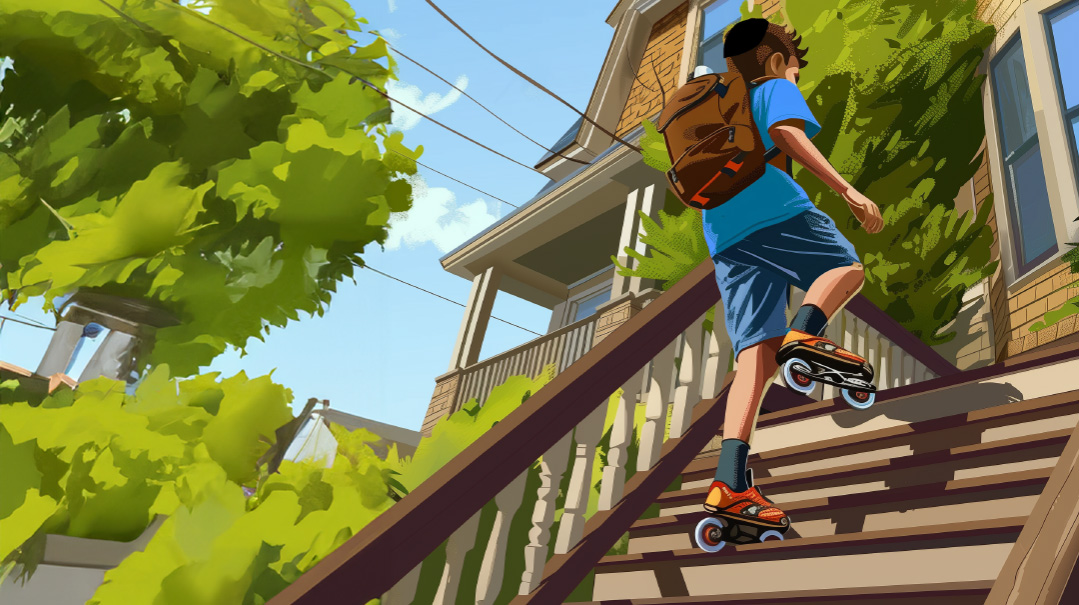Encounter at the Kosel

I had been afraid that going to the Kosel would fill me, satiate me so that I wouldn’t need anything more
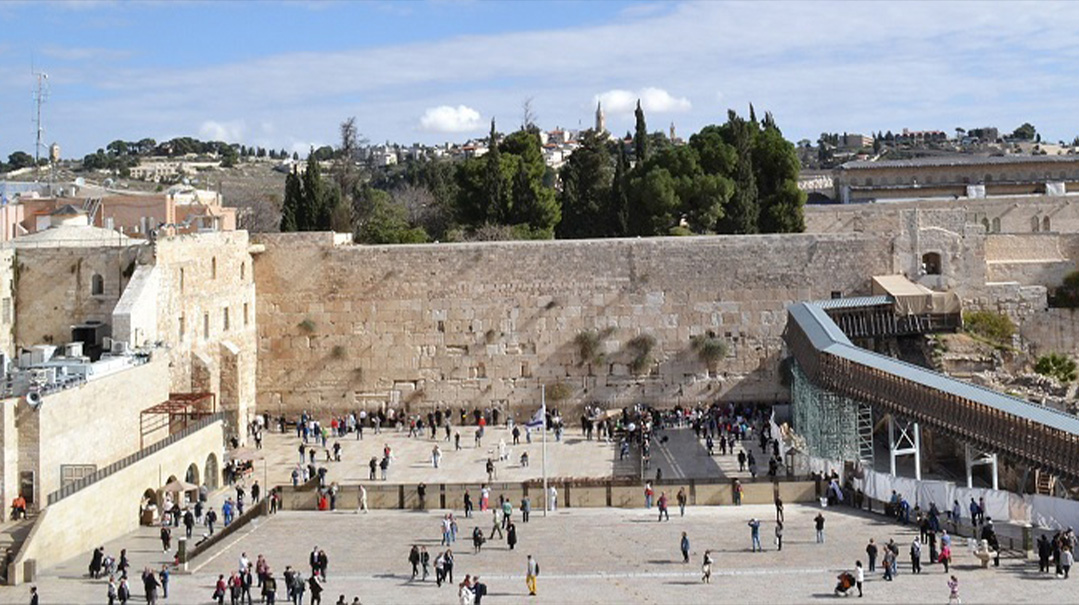
It was the sort of encounter that happens to other people; inspired people who write books and articles. But that day it happened to me. I was standing at the bus stop near the Kosel as gray dusk settled over Jerusalem. It was my second week in Eretz Yisrael and my second trip to the Kosel. In mid-Elul, the hub of prayer was busy; buses came and went, dispensing then refilling.
“Selichah?” She was a young Israeli woman in a long skirt and jacket, holding what looked like small, folded brochures. She offered them to me and my friend while chattering rapidly in Hebrew.
“Please, speak slowly,” we begged. She tried again, her speech this time exaggeratedly articulate. Could we say Tehillim for the current matzav — the “situation” as it was known — in the Land? She was handing out laminated booklets of small sections of Tehillim, hoping that the whole sefer would be said several times each day. The Sbarro bombing had taken place only a few weeks before. The Bais Yisroel explosion, the Rimon Café attack, others, were still to come.
She had approached the right people. We were eager, earnest, new to Eretz Yisrael and loving the way a stranger could walk up to us on the street and request that we daven for this wonderful country. We accepted the Tehillim booklets willingly.
“How long should we say this for?” my friend asked. “The whole year?”
“Until Mashiach comes!” the girl responded with sweetness and sincerity.
We startled. Americans don’t talk about Mashiach that openly, that easily. My eyes filled at the strength and simplicity of her belief. She must have noticed our surprise, because she threw us some words of explanation. “He’s coming tomorrow — you don’t feel it?” Then, with a brilliant smile, “It’s as clear as the sun!”
She left me stunned.
Before I arrived in Israel, I had been afraid that going to the Kosel would fill me, satiate me so that I wouldn’t need anything more. I was afraid that the Geulah would become superfluous, that I would be satisfied with this place of kedushah and closeness to Hashem.
But from the first time I walked up to the massive Wall, I saw it wasn’t like that at all. The Kosel, overwhelmingly larger than all the pictures, was so forlorn in its isolation; it was a tease, a fragment of what it had been, what it could be. And while I cried and shook in the awe of finally being there, I longed to be closer still. Like a morsel to a starving man, it only whetted my appetite. And so I gladly accepted the Tehillim booklet, pledging to say mine every day — until Mashiach would arrive.
I wonder when I stopped saying those Tehillim. I don’t remember the day. I’m not sure when the purity of her idealism and mine faded in the routine of America and the every day. In fact, I had forgotten about the entire experience until a week ago, ten years later, when I found my seminary journal and rediscovered this memory. I was pulled back to a time when emunah and bitachon and tefillah seemed to waft through the streets, seep from the stones, so that I inhaled them effortlessly and they became part of me, too.
And I recalled how just weeks after that encounter, when the shofar heralded the end of Yom Kippur, I hid my face in my siddur and let the sound overtake me. It seemed to grow louder and louder, continuing on and on until I was sure that it was the shofar of Mashiach. I was not surprised. It felt natural, expected.
But then the shofar blast ended and there was silence. We were still in shul with the chazzan finishing Ne’ilah and a meal waiting for us in the dining room — nothing more.
(Originally featured in Family First, Issue 261)
Oops! We could not locate your form.

